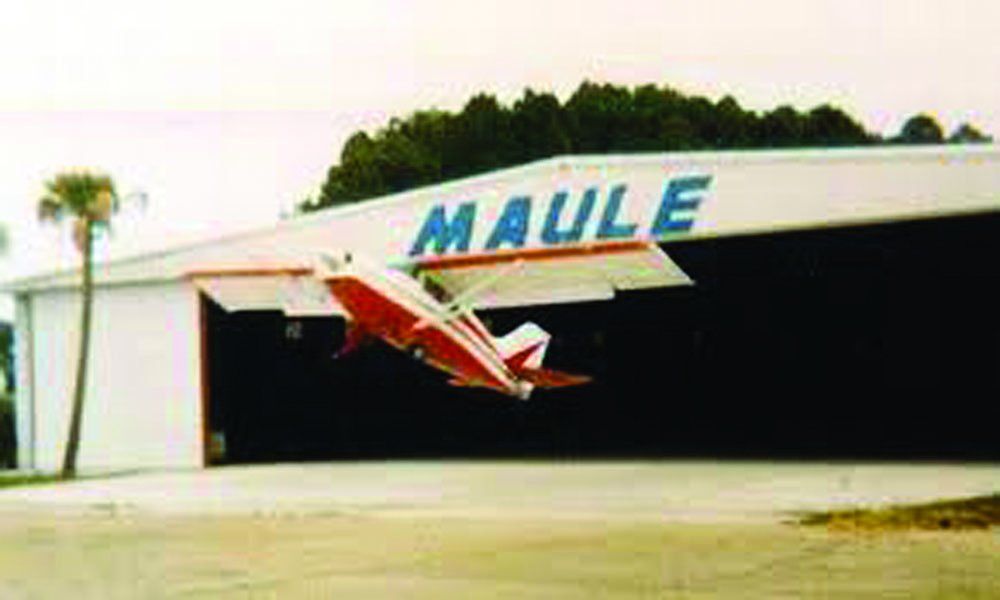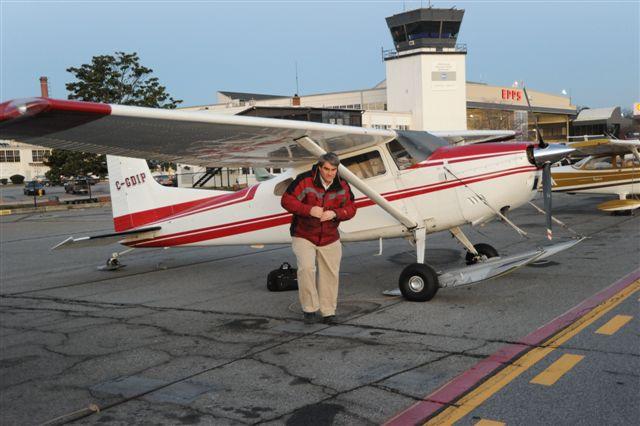with a survival vest that made me sad. He said that you had to fly a slow
approach to do a three point landing, which is complete horseshit.
My normal approach to my home airport, which is kind of in a bowl - or saddle -
between two ranges of hills, involves a "descent". With any kind of power on,
I can easily see 200 mph on approach in my tube and fabric taildragger - which
I three point land.
So much for a "slow approach" being required for a taildragger three point landing.
Once more, with feeling.
The only speed the matters for a landing, is what you are indicating as you pass
over the runway threshold, immediately before touchdown.
It does not matter what speed you were flying one minute, or five minutes
before that, ok? There is no weird "memory" in kinetic energy that pilots seem
to think there is (see the "monte carlo" gambling fallacy, for similar attribution
for memory in a system, which has none).
Ok. There are basically THREE taildragger landings (not two) and they are
definitely affected by the airspeed AT TOUCHDOWN.
1) wheel landing. This is the fastest and funnest one. 5 or 10 mph extra is
generally all you need, the mains touch first (possibly tail low, but not touching)
then forward stick after touchdown to reduce the AOA of the wing and lift,
and make the aircraft stick. The faster speed before touchdown reduces the
AOA and hence pitch attitude immediately before the "flat" landing. Be advised
that at some point, the tail must come down. Do that slowly, to avoid the nose
swinging right due to pitch-yaw coupling of the metal blade prop.
2) three point landing. This is what everyone gets all dreamy about. I have
no idea why. You better have a tailwheel that doesn't shimmy, because you
touch down at a slower speed than a wheelie (above) but the tailwheel is on
the ground at a much faster speed than a wheelie. You are not stalled during
a three point landing, even if the stall horn chirps. You have never flown a "full
stall" landing, and you better hope you never do.
3) double whomp. No one has ever heard of this, despite BD Maule recommending
it and the Pitts manual says you should do it. Slower than a three point landing
at touchdown, increases your alpha to make the same lift immediately before touchdown
and because the tail touches first, then the mains come down, the alpha of the wings
is reduced and so is lift. So, you are done flying, with minimal speed on the runway.
If your tailwheel is good, this is really the best tailwheel landing, which is why no one
has ever heard of it, and no one does it except me and this guy.

Yes, I know BD is dead. So is everyone, so get used to it.



